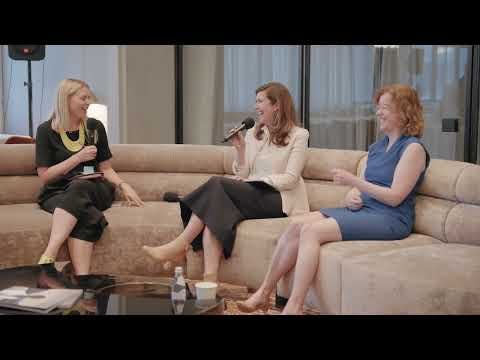
20/05/2022
Circular economy against the loss of biodiversity
On May 22, we celebrate "International Biodiversity Day". The date has been instituted by the United Nations (UN) in 1992, with the purpose of raising awareness among the world's population about the importance of preserving biological diversity in all ecosystems. Professor Dr. Edson Grandisoli, Pedagogical Coordinator and Educational Ambassador of the Circular Movement, PhD in sustainability education and Master in Ecology, wrote an article on the subject and you can read it below:
Coping with the loss of (socio)biodiversity
Professor Dr. Edson Grandisoli
Look around you. What do you see right now?
Maybe a computer screen or mobile phone screen, or even the paper where this text was printed out. Wood, plastics, metals? Have you ever wondered where all this comes from until it reaches you?
In fact, the answer is quite simple: all this came from the environment, or if you prefer, from nature.
All the objects that surround us one day were once an integral part of the environment. The wood that came from the forests or planted areas; the plastics originated from the oil that lays underground; the metals still in the form of ores that formed mountain ranges at some point in the world.
To have access to all this natural wealth, we have historically despised another very important matter: biodiversity.
The linear model of economics, based on the extract-produce-waste tripod, is based on the overexploitation of natural resources and, for this to happen, different types of environments, and all the life they house, must simply give way to human activity for economic purposes.
The most biodiverse forest on the planet, the Amazon, had to give up its biodiversity in order to give way to mining, logging and livestock. The oceans, equally biodiverse environment, suffer from oil spills and with all the tons of the plastics that reaches them on a daily bases. The cerrados, and all their living beings, ceased to exist to give way to huge monocultures.
About 90% of biodiversity loss is directly or indirectly related to the extraction and processing of natural resources, according to the study "The Imperative of Nature: How the circular economy can cope with biodiversity loss", carried out by the Ellen MacArthur Foundation, which also states that:
"in the food sector, for example, the foresting for agriculture causes habitat loss, while many conventional farming practices result in air and water pollution and over-exploitation of natural resources. In industry, the production and processing of raw materials emit huge quantities of greenhouse gases (GHGs) and other pollutants."
Because of our choices as a species, we have put thousands more in the process of extinction. Scientists consider that we are experiencing the sixth mass extinction of the Earth, and the current one has a direct relationship with human activity on the planet.
Perhaps this is the major challenge of this millennium, that is, how to ensure human development and biodiversity conservation? The circular economy provides us with clues and precious paths in the search for this answer.
The creation of processes that ensure the reuse of materials that are already in circulation is one of the central points of circular economy. This reuse in the assembly lines reduces the pressure of exploitation in natural environments, collaborating with the conservation of biodiversity.
Agroecological production has proven competent in the generation of quality food combined with the conservation of local natural heritage, ensuring food safety, the right to life and respect for local crops.
Technological innovation and design also play a key role in the development of products that can have their components reused or recycled, as well as create alternative materials that use fewer and fewer natural resources and that can return to nature as inputs.
These activities are already an integral part of the way several companies operate in Brazil and around the world. The ESG (Environmental, Social and Governance) agenda and the strategic redirection of investments directly contribute to the creation of practices that are still- but for a short time - are called alternatives.
Within this scenario of rapid transformation, it is worth mentioning that biodiversity conservation is fundamental for our survival, since all life forms have a fundamentalrole in environmental balance, which ensures the functioning of several ecosystem services essential for all of us, such as having quality water and air, for example.
The Ellen MacArthur Foundation report highlights the fundamental conservation of the world's biodiver, but it is worth noting that the processes associated with the circular economy are also related to conservation in another form of diversity: socio-diversity.
Quilombolas, indigenous of hundreds of ethnicgroups, caboclos, caiçaras, riversides, rubber tappers, among dozens of other traditional communities and peoples are also daily, and negatively, affected by our exploratory and polluting economic model. Preserving sociobiodiversity is urgent and the circular economy has demonstrated its integrative potential in this direction.
What is the circular economy?
The Circular Economy proposes a new look at our way of producing, consuming, and disposing, in order to optimize the planet's resources and generate less and less waste. In other words, an alternative model to the Linear Economy - to extract, produce, use and discard - which has proved to be increasingly unsustainable throughout history. In the Circular Economy, the goal is to keep materials in circulation longer by reusing them until nothing becomes waste! For this model to become a reality, we all have a role to play. It is a true collaborative circle, which feeds itself, and helps to regenerate the planet and our relations.

